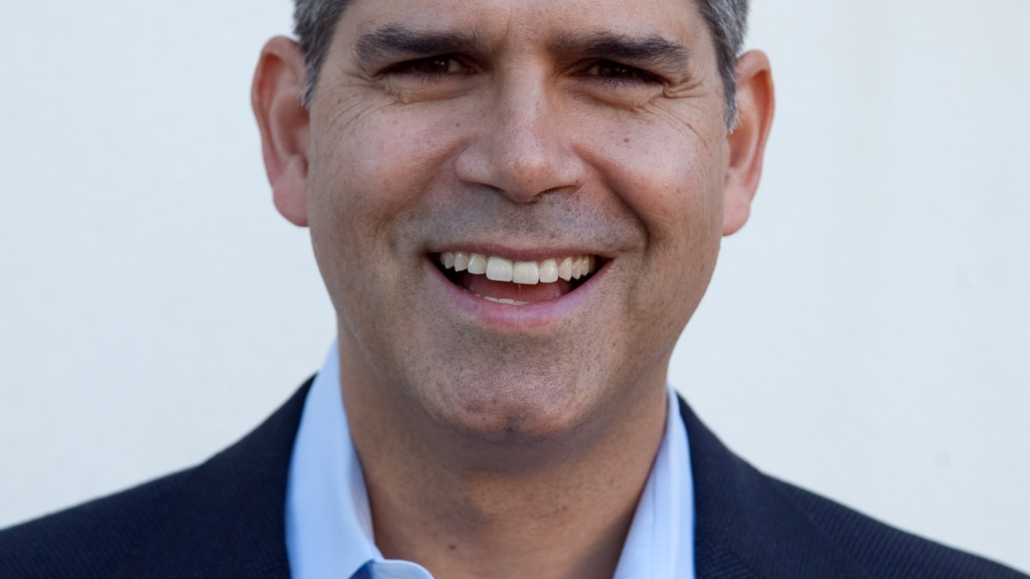
Each Friday we ask an industry leader to critique Digiday’s coverage of the industry that week. Roger Katz, CEO of Friend2Friend, does the honors this week.
What’s the biggest myth about online advertising?
Earlier this week, Digiday highlighted a post from ComScore’s Kirby Winfield listing his top myths of online advertising. It inspired us to ask other industry leaders for their top myths. Judging from the replies, it’s time to stop calling banners and clicks worthless, start questioning how new “native advertising” is, and acting like digital is going to take over from traditional media. Please add your own myths in the comments.
Myth: Facebook delivers poor advertising ROI. Let’s rethink how brands interact on Facebook and stop applying “traditional” online advertising ROI to the new social world. It’s been 17 years since the first online banner ads appeared on the Internet. Rules have become embedded. But in terms of social, people interact differently, find things differently and behave differently than they do in the “off social” world. Social demands a new way of marketing — and advertising — and a new way of measuring that success. So stop looking for ways it’s failing and rethink how it can be successful.
Ford Mustang’s Road to 4 Mil Facebook Fans
GM went public with its doubts about Facebook advertising last week. Meanwhile, rival Ford is crowing about its success there.
Congratulations to Ford for “getting it” on Facebook. Engagement lies at the heart of the way brand marketers should think about measuring success on Facebook. A brand can attract hundreds of thousands of fans, but if no one is talking about them, it’s like putting that brand on mute. Giving their fans something to do — and share — on Facebook puts Ford into the conversation between friends — and out of the “display ad” sidelines. This is the way brands should be thinking about marketing on Facebook.
The Best Marketing Advice I Got
Everyone experiences that “aha” moment at some point in their career. It happens unexpectedly, when speaking with a colleague or a mentor, who speaks words of wisdom. These words can sometimes change a person’s perspective and approach to how they operate in the marketing world. Digiday asked members of the digital marketing industry to share their “aha” moment.
Fish where the fish are, and use the right bait! There are close to a billion “fish” on Facebook — an incredible opportunity for brands. For “bait,” marketers need to serve up the types of social experiences that encourage fans to interact and engage in the social world of Facebook. Movie brand? Give fans a chance to engage with imagery and share content with friends. Clothing brand? Ask fans to build a “fanalog” of their own favorite products. Got experts? Invite fans to participate in live chats and socialize with other fans at the same time. With the right bait, brands can enter directly into the conversation between friends. It’s a powerful place to be.
Choice is the Killer Mobile App
Three marketers without a horse in the race say that consumer choice, not one product or tactic like QR codes or the mobile Web, is the key ingredient in successful programs that include mobile.
Facebook on mobile represents a huge brand opportunity. Facebook is the first real online branded community for most brands. Where else are you going to find a billion people worldwide, all connected to their friends? But Facebook demands a marketing shift. Marketers must market where the fans choose to be — increasingly on the mobile phone. And there are over 500 million a month of them. Facebook has given us all the tools we need to develop immersive, light-touch, content-rich, browsable and sharable brand experiences when fans are out and about with their phones, looking for something fun to share with friends. And one thing I know for sure is fans won’t be sharing a mobile display ad.
Battle of the Digital Brands: Lowe’s vs. Home Depot
In this week’s edition of Battle of the Digital Brands, we take a look at what two of the nation’s biggest home-improvement stores, Lowe’s and Home Depot, are building online. Which store is showcasing its online tools the best?
I loved the analysis in this article. One thing it missed in discussing these brands’ Facebook pages is “people are talking about this.” Home Depot may have fewer fans (676,356) than Lowe’s (1,114,181), but a larger percentage are “talking about” Home Depot, both in real and relative terms. This is critical. When a fan posts, comments, likes or otherwise participates with a brand on Facebook, the brand’s PTAT number goes up, and, more importantly, a certain portion of that fan’s friends see that brand on center stage. It would be worth analyzing that comparison, because it’s the critical factor in a successful social digital strategy.
More in Media

Condé Nast and Hearst strike Amazon AI licensing deals for Rufus
Condé Nast and Hearst have joined the New York Times in signing a licensing deal with Amazon for its AI-powered shopping assistant Rufus.

Media Briefing: AI payouts may be entering a new era
AI compensation is evolving — and new models, not just publisher demands, are driving the shift beyond flat-fee licensing.

In Graphic Detail: AI platforms are driving more traffic — but not enough to offset ‘zero-click’ search
Here are five graphs that reveal the major trends emerging in the world of AI and ‘zero-click’ search, and what it means for publishers.





